
It was Heath who selected Boston and its neighbors to the north for our annual pilgrimage to Anywhere But Texas. A student of history and obsessive collector of revolutionary facts, New England — what with its statues of white men in tricorne hats, and old buildings in which to congregate those very same tricorne hat-wearing white men–seemed the ideal destination for scratching that colonial itch. (Fun fact: colonial itch was the term of endearment Ben Franklin gave to his STD).

This is Heath. He enjoys long walks on the beach, candle lit dinners and anecdotes about the Second Continental Congress.
Allow me to pontificate on the three important lessons learned from this jingoistic jaunt.
Boston’s Freedom Trail is maybe 90% cool and 10% tacky.
The Freedom trail is a walking tour of some of the can’t miss historical sites prominently featured in American history. It mostly encompasses places where our revolutionary heroes either died or thought about dying. I’m talking of course about massacre sites and churches. But all-in-all it’s an enjoyable way to spend the morning. And thanks to the National Park Service (a government agency so fine, even Ron Swanson can support it) you can get a docent-guided tour for free every hour on the hour. Highlights include: park rangers sneering at freedom trail buskers, lots and lots and lots of facts about Paul Revere, and the realization that the Declaration of Independence is one of the most tedious break up letters ever written.
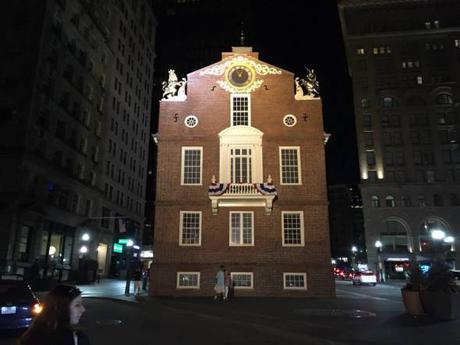
Old State House where the Declaration of Independence was read for the first time for the citizens of Boston. The Boston Massacre happened right below the balcony.

No pews in the old church, they were all about box seats.

Dramatic July 4 reading of Declaration of Independence in the Old North Church, complete with period appropriate wardrobe, accents and plug for gift shop.
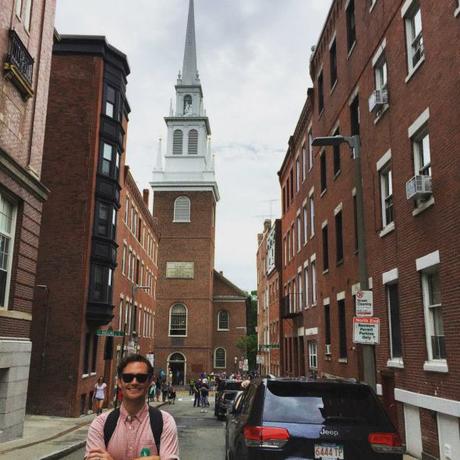
One if by land and two if by sea (though technically, it was a river)

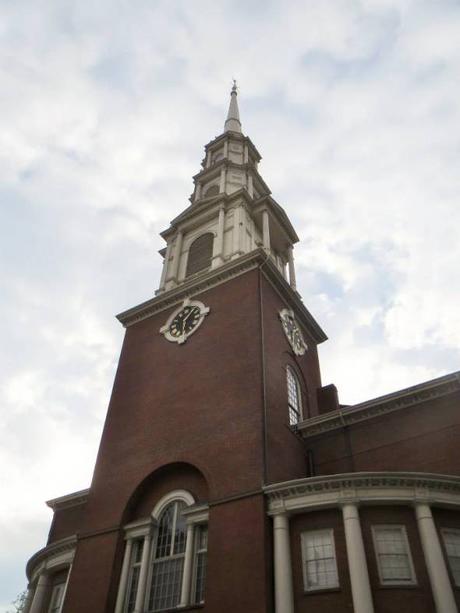
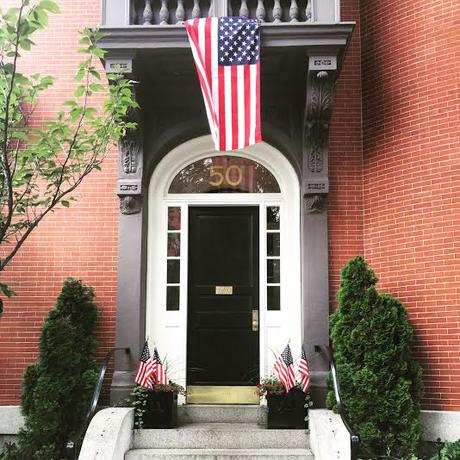
New England’s seafood game is on point.
“Oh you’re going to New England, huh? Are you excited about the lobster?” I was a little surprised that question — or a variation of it — was the most consistent reaction I got upon telling people about our summer plans. But I get it now. New England is all about seafood, and maybe its because the memory is as fresh as the lobsters we cooked up at our campsite, but the seafood offerings here far surpass those of other coastal food hubs (I’m looking at you Seattle). And I’m not talking simply about your high-quality seafood restaurants here. Whether we were throwing back raw oysters at chic oyster bars, nomming on buttery fish and chips at English pubs, or drooling over foot-long lobster rolls at harbor-side restaurants, we were bowled over by the the most intensely flavorful and perfectly prepared seafood we’ve ever tasted.
If Ken Burns doesn’t feel stupid for omitting Acadia from his national parks documentary, he probably should.
Have you seen the documentary? The one where Peter Coyote waxes poetic about Yosemite and Yellowstone and Join Muir for 12 hours but doesn’t give Acadia a courtesy nod? It’s a conspiracy is what it is. Acadia is the oldest national park East of the Mississippi, and it may easily be the most beautiful. The sun supposedly rises first on Acadia’s Cadillac Mountain before anywhere else in America, and it has one of the largest expanses of naturally dark sky in the Eastern U.S.–meaning whether you’re an early bird or a stargazing night owl, this park is for you. It’s also a phenomenal place for cyclists thanks to our pal John D. Rockefeller who, in the early 20th century, had some 50 miles of carriage roads thoughtfully designed to weave about the park. We’re more of a hiking/camping duo ourselves, so we stuck to the trails that meander through the trees and along granite rock slabs that plunge into the ocean. Acadia is located on Mount Desert Island, which also plays home to the Bar Harbor, a charming resort town. But despite it’s proximity to this popular tourist destination, the park was relatively uncrowded, even during its peak season. While campsites require a reservation and fill up quickly, we very infrequently passed others on our many hiking excursions. Perhaps it’s because Acadia is not an easy park to get to, or perhaps it’s because few have ever heard of it before. If the latter, sorry Ken Burns. Looks like you did me a solid. My bad, I hope we’re square now.

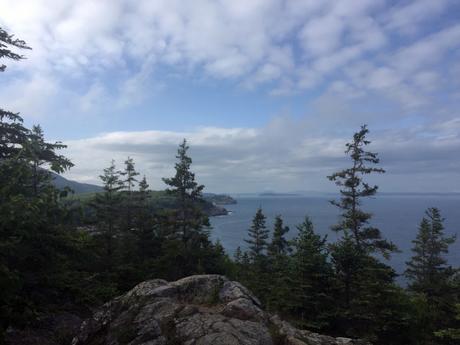


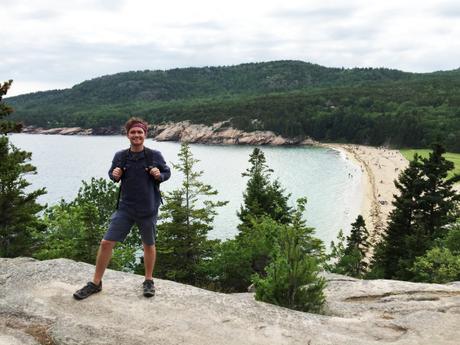
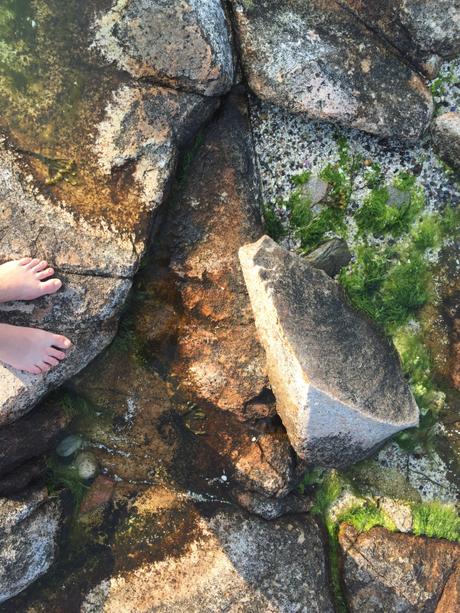
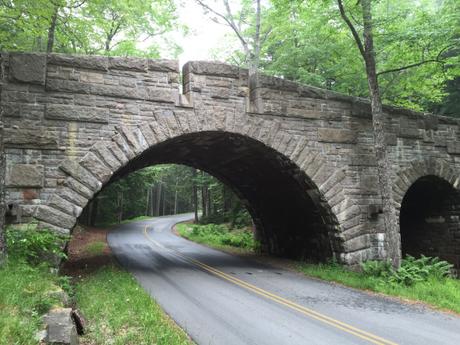
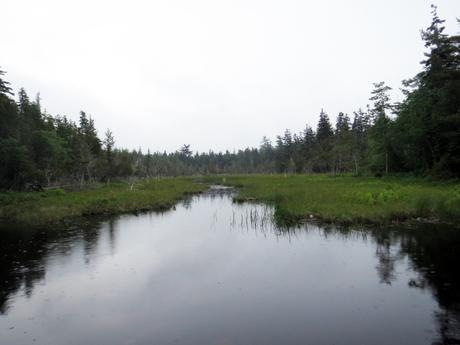
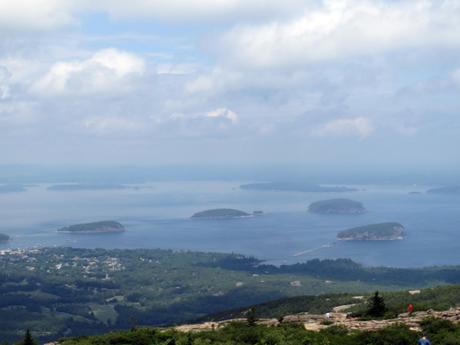
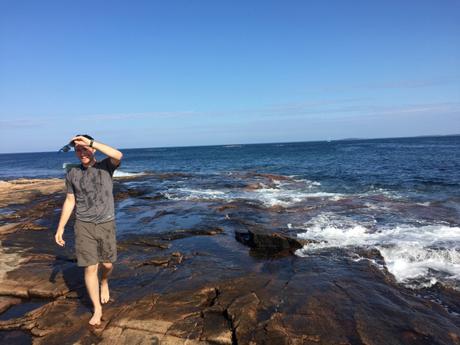
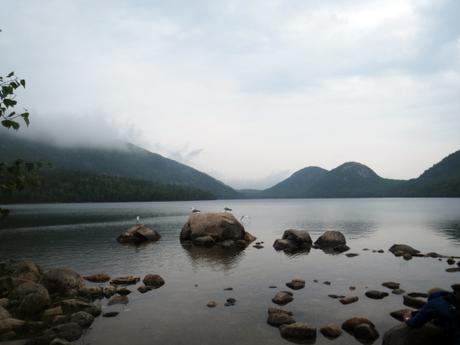
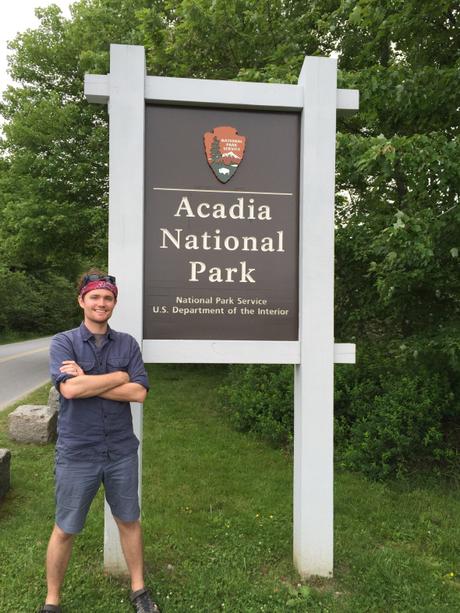
All in all, New England is an invigorating region. The colonial callbacks that pepper Boston’s streets and sidewalks, while perhaps expected, are nonetheless deeply inspiring. They serve as reminders of the courage and ambition that motivated our nation’s founders to create a new society–one that would encourage self-determination and put mechanisms in place to secure unalienable human rights. Meanwhile, in Acadia, the salty aroma of the Atlantic permeates the air as waves unceasingly claw at the granite cliffs it may, one day, turn into sand. We came to New England to study its history and revel in its natural beauty. We left, whether by forces of man or nature, rejuvenated.

